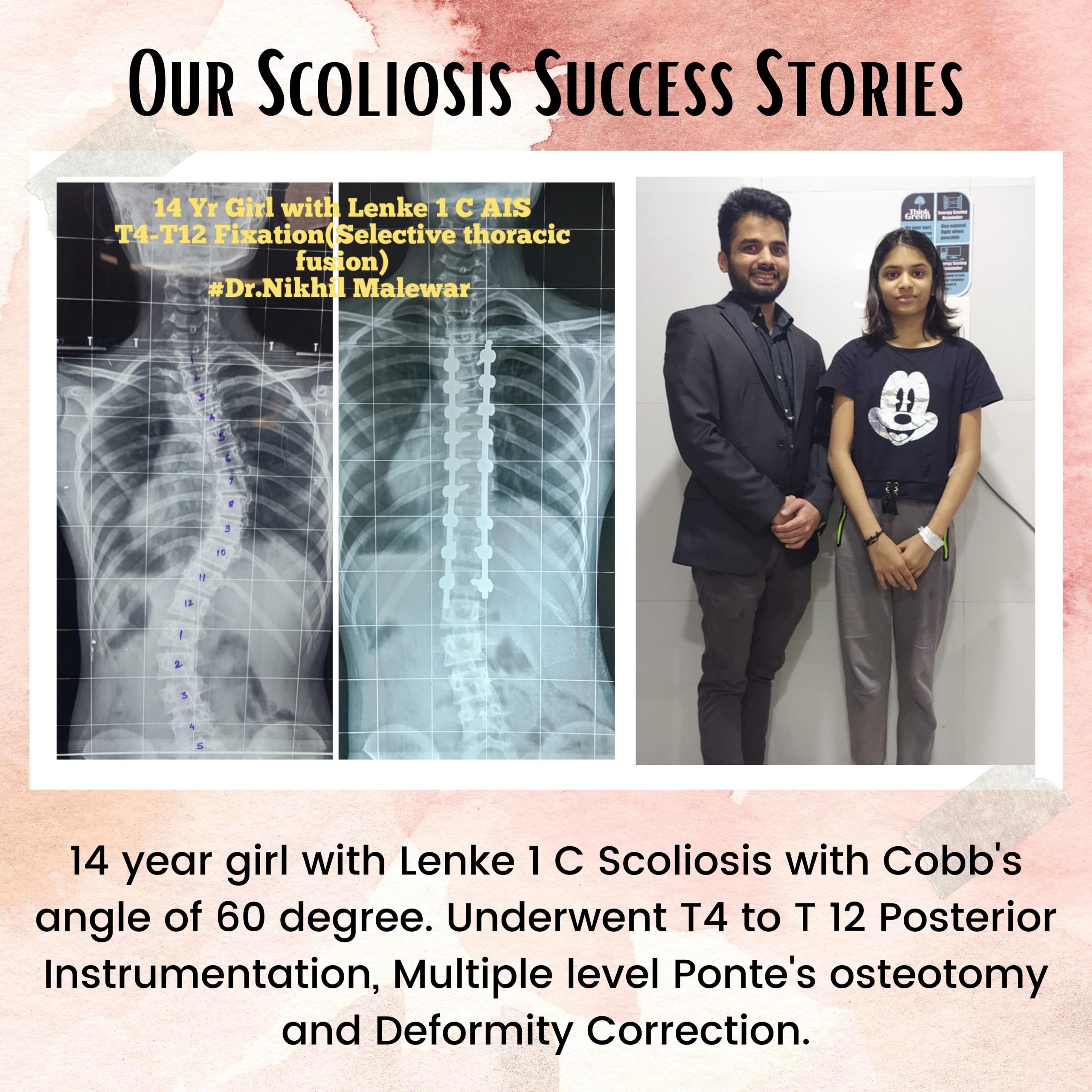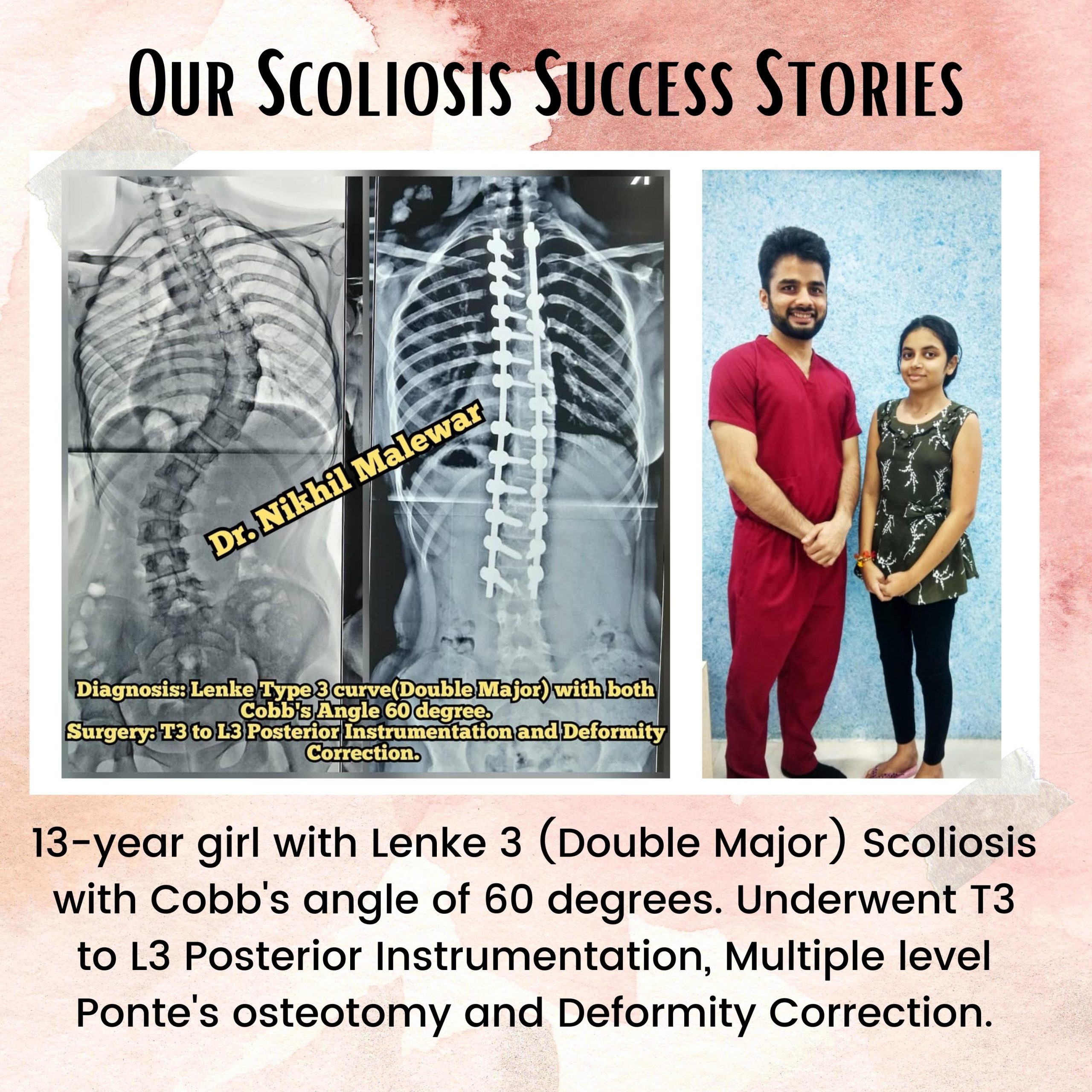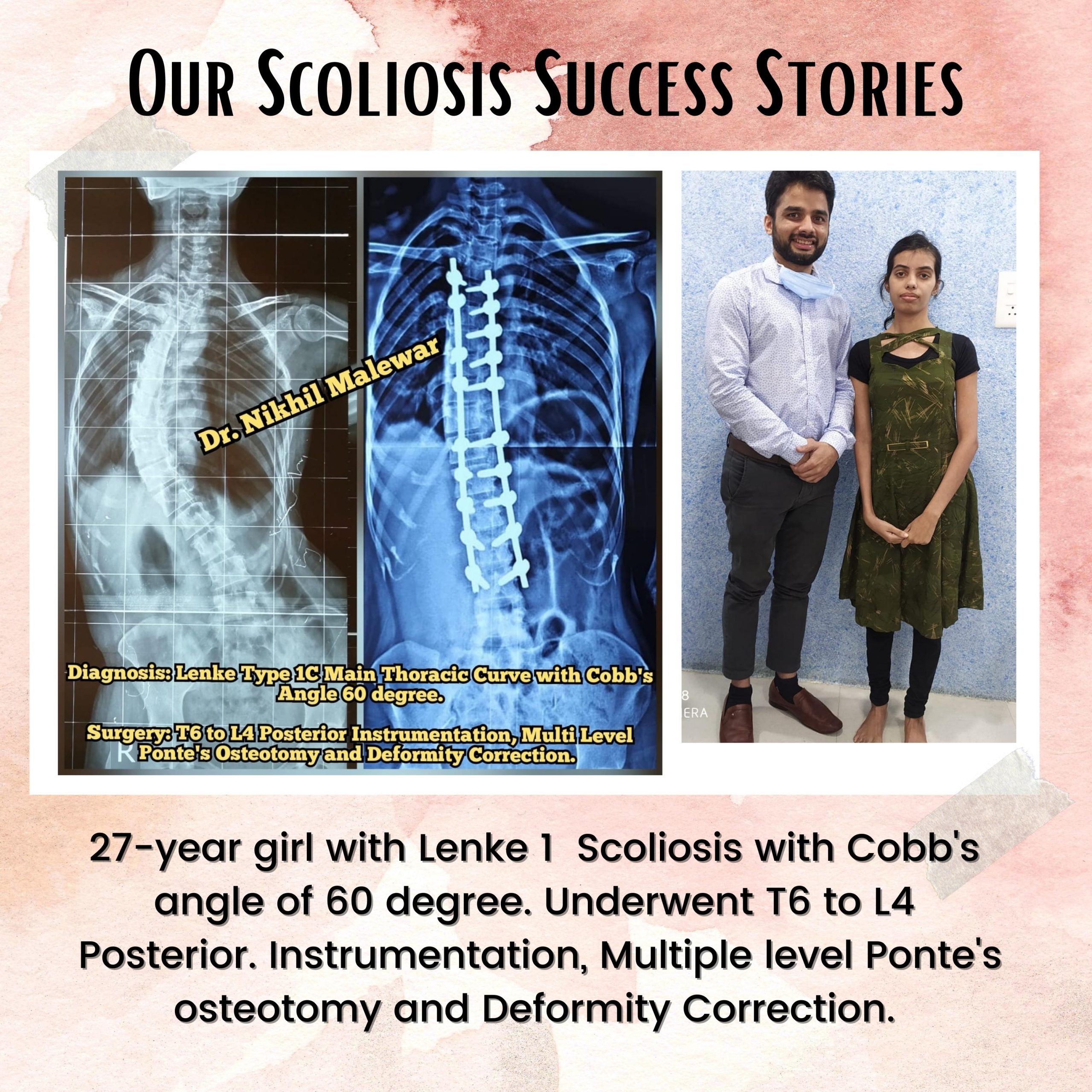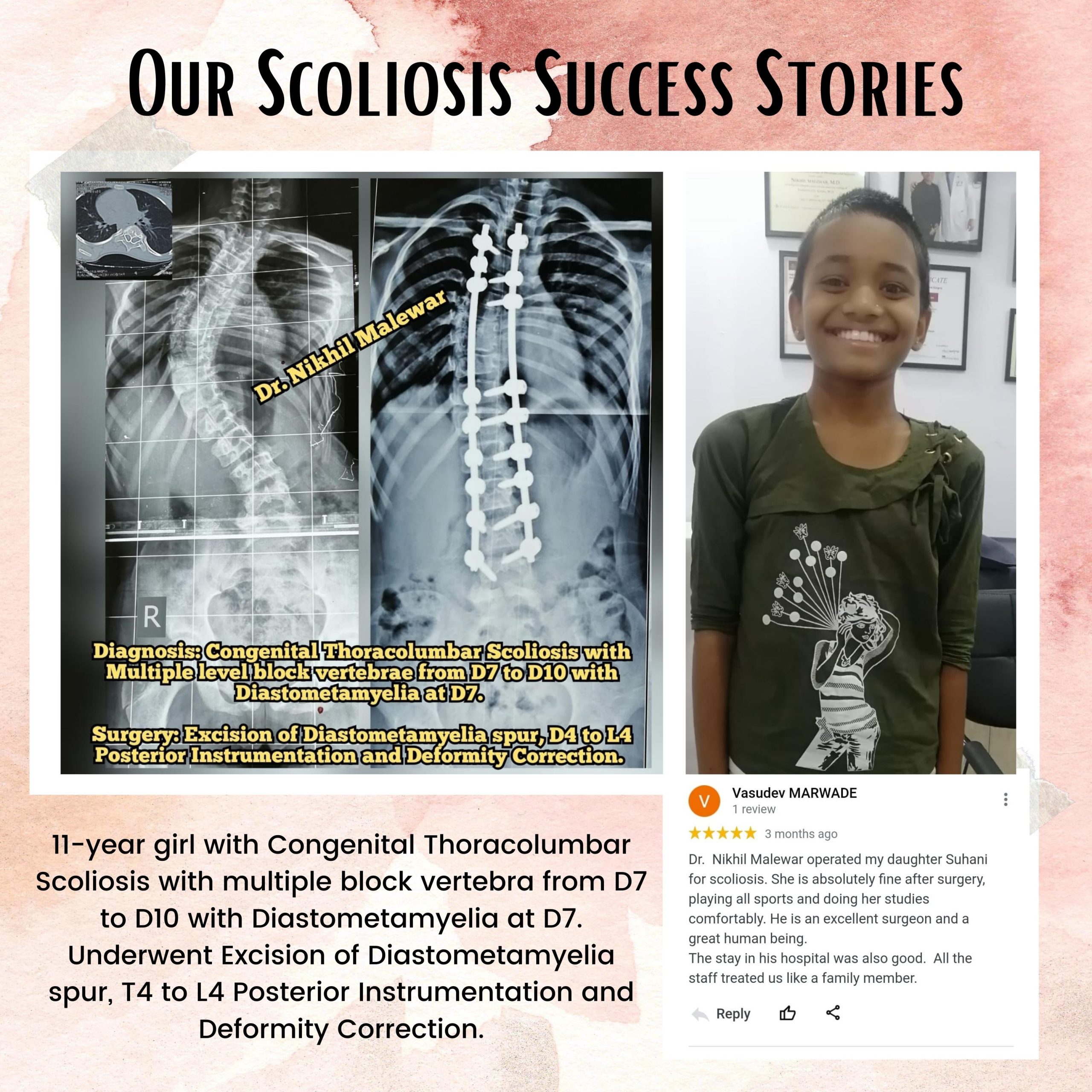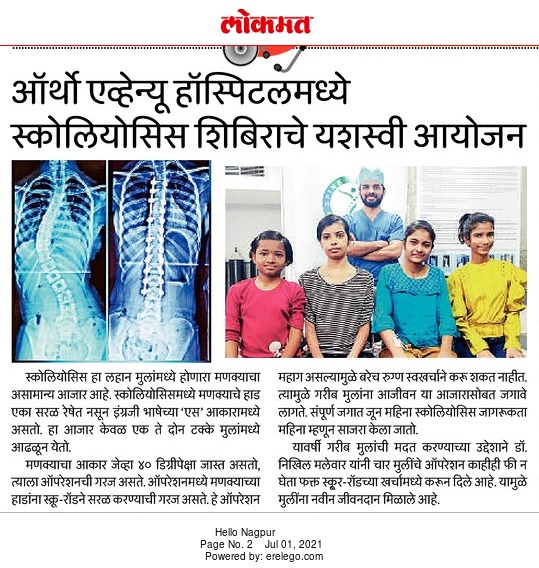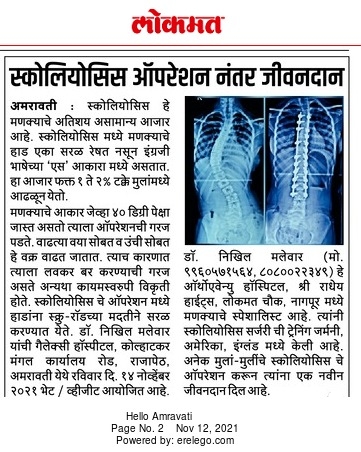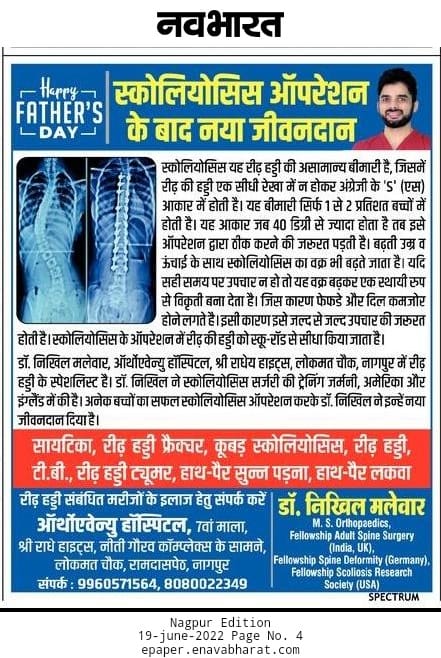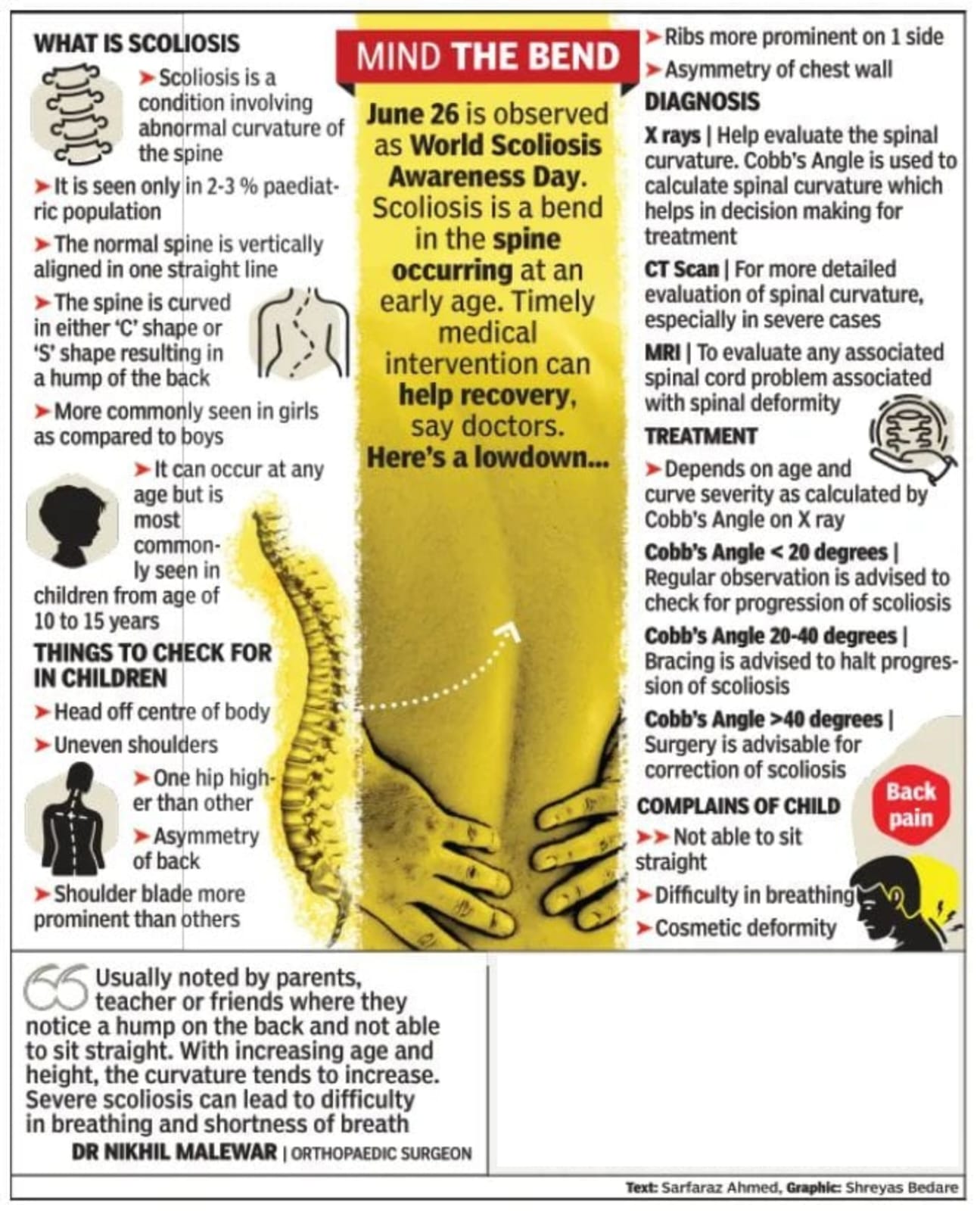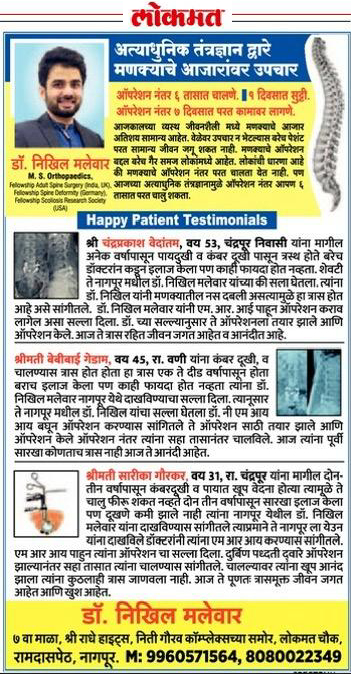What is Keyhole Spine Surgery ?
Keyhole Spine Surgery In Nagpur is a discomfort you feel in the lower part of your back, between your lower backside and the bottom of your ribs. It can come from various parts of your spine, similarly joints, bones, nerves, and muscles. Back pain can start suddenly or over time, and it can come and go or stay constant.
This concept pertains to surgical approaches characterize by minimal or negligible muscle trauma to achieve the desire surgical outcomes. It employs specialize instruments, retractors, and tubes that enable safe execution of the procedure through a smaller access point. Typically, though not universally, it involves a smaller skin incision.
What are the advantages of keyhole spinal surgery?
Keyhole surgery circumvents the need for extensive stripping of muscle tissue, leading to reduce bleeding and preservation of muscle function. Consequently, patients often experience diminishe post-operative pain and require less pain medication. This approach facilitates an earlier return to normal function for the patient.
What procedures can be done by this technique?
The keyhole technique can be apply to any open procedure, although certain patient anatomies may necessitate conventional surgery.
Such procedures encompass discectomy, decompression, spinal fusion, fracture fixation, and deformity correction. Endoscopic spinal surgery, a specialize variant of keyhole surgery, employs specific tubes, cameras, and instruments for its execution.

How is it different to conventional spinal surgery?
Traditional spine surgery typically involves detaching or stripping the overlying muscles from the bone to access the require area of the spine for the surgical procedure. This process may lead to expose bleeding surfaces of the muscles and potential damage to the nerve supply of the muscle.consult dr. Malewar earlier for Best Result!
During Your Hospital Stay Keyhole Spine Surgery In Nagpur
Following a lumbar decompression procedure, patients typically spend one to four days in the hospital before being discharge home. The duration of hospital stay often correlates with the number of levels treat during the procedure.
In most cases, inpatient rehabilitation is unnecessary after a lumbar decompression. However, patients are advised to arrange for a family member or friend to drive them home from the hospital.
Certain factors such as advanced age, living alone, treatment of multiple levels, or mobility issues may necessitate inpatient rehabilitation. This rehabilitation focuses on enhancing strength, mobility, and safety prior to returning home. If rehabilitation is recommended, patients will be transferred to the facility via ambulance.
To reduce the risk of infection, patients typically receive 24 hours of antibiotics following the operation.
Post-operative pain is typically manage effectively with oral pain medications. Patients are encourage to communicate any uncontroll pain to their healthcare providers to ensure proper pain management.
Our Scoliosis Success Stories

